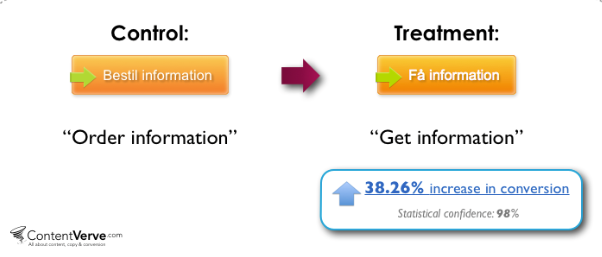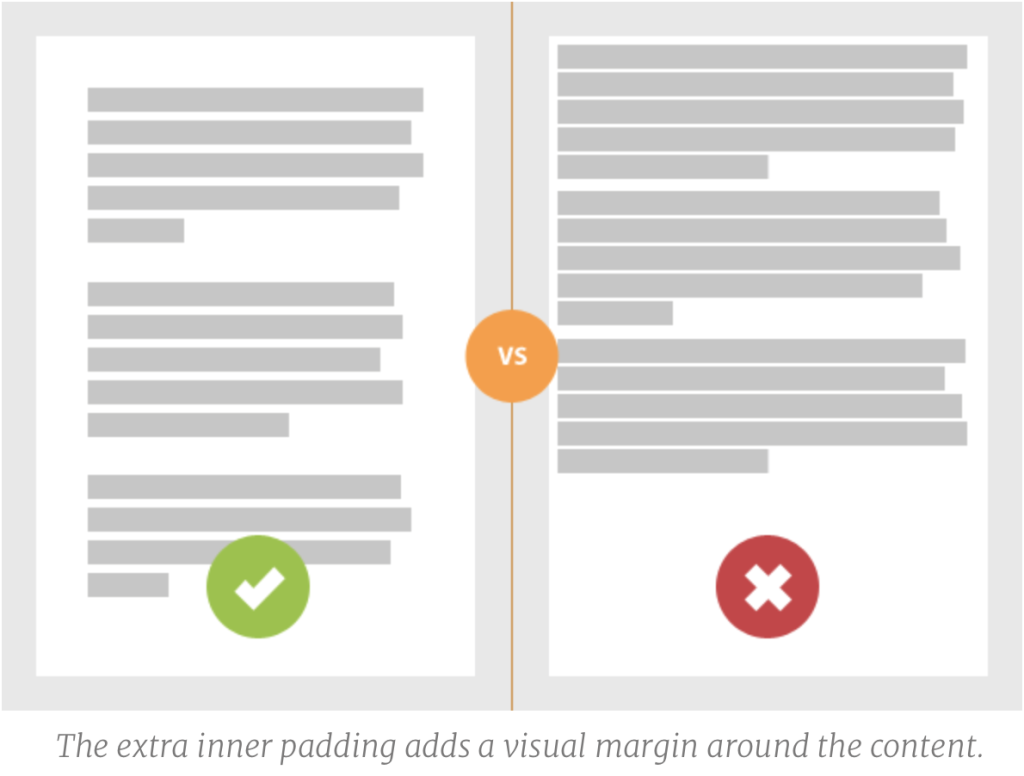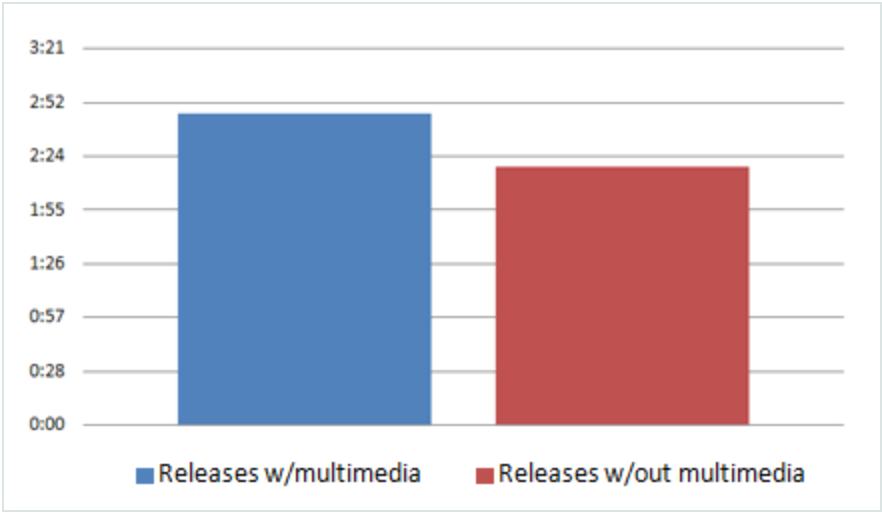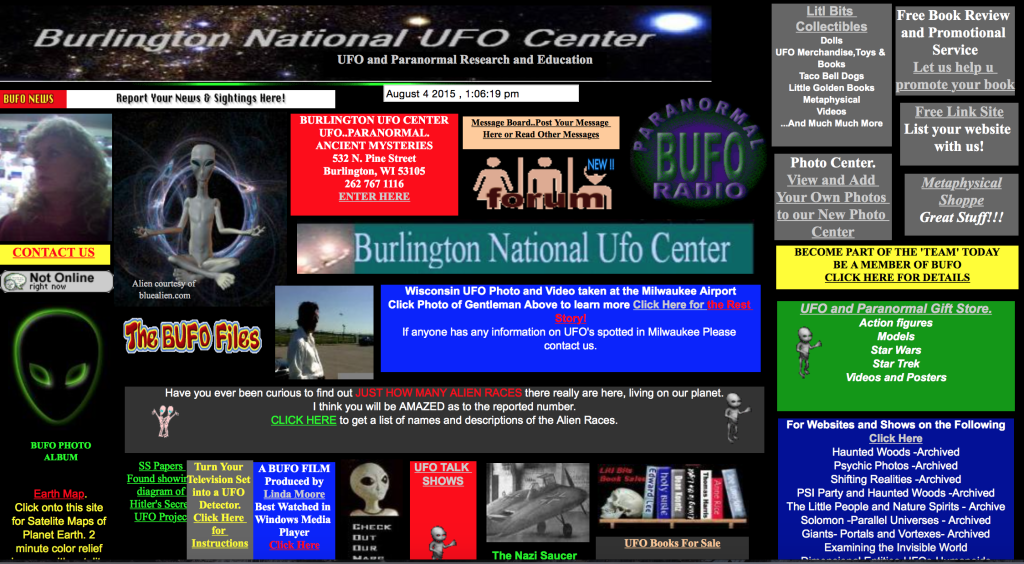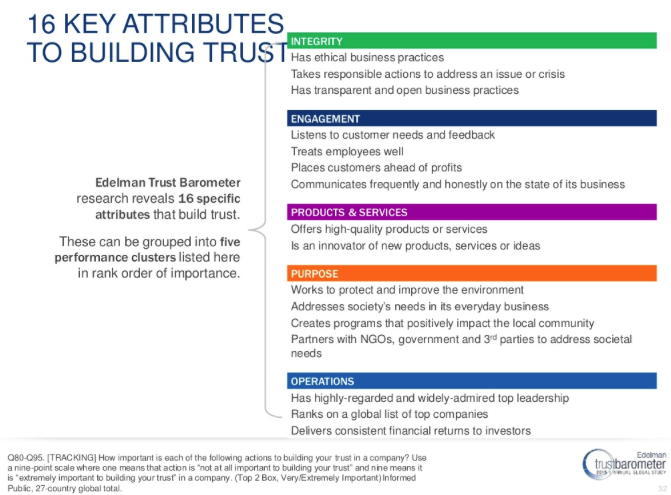If I asked for your opinion on the most important tool for driving conversions, what would you say?
Many CROs focus heavily on optimizing their CTAs, reducing sales page distractions and fiddling with USP copy.
There’s no doubt that these are all incredibly important, but they’re not at the heart of what drives conversions.
No, the most powerful tool in your marketing toolbox is compelling copy. Ignore the power of persuasive paragraphs and even the greatest CTAs in the world will fail to convert.
Of course creating high converting copy isn’t easy. Those who run their own business have two options when it comes to creating killer copy.
The first and most obvious is to hire a skilled copywriter (nudge nudge, wink wink). Yet this can be little on the pricey side and isn’t ideal for fresh startups or those bootstrapping their business.
 Photo credit: Deathtostock
Photo credit: Deathtostock
So what should these folks do? If you’re not in a position to hire a copywriter you might want to have a crack at writing your own copy. Plenty of small business owners decide that they know how to create a killer sales page. Whilst some actually can, the majority actually struggle to see a worthwhile lift because their focus is all wrong.
I’m not saying it’s impossible. Not at all. But I am saying that a little guidance is necessary.
Instead of simply jumping into writing your next big sales piece, bookmark this page and read the below best practices. If you follow these steps, I guarantee you’ll see a decent lift in conversions and sales.
Benefit > Cost
One of my all time pet hates is seeing lazy CTAs. You know the kind I’m referring to. Generic button text stuck with ‘submit’ or uninspiring copy that results in prospects actually leaving your website.
The problem most websites have is that they take the term call to action too literally. Instead of thinking about what it is their prospects want, they use CTAs that focus on the action they’re going to take.
Using words which highlight the action causes two problems in the mind of your prospects:
- Action words are often associated with cost
- No one wants to think about the action, we all just want the benefit
Take the word ‘submit’ as an example. It has a negative connotation and you’d be hard pressed to find someone willing to submit to an online retailer. It’s a similar story with many other action oriented CTAs.
Thankfully the fix is rather simple. Instead of focusing on the action, use benefit oriented words and remove anything that has potential negative connotations.
Michael Aagard managed to lift conversions by 38.26% simply by removing the word ‘order’ and replacing it with ‘get’. A simple change, but one which focuses on the benefits of getting the information. ‘Order’ on the other hand is associated with purchasing. It causes last minute friction by creating images of financial cost.
Whenever you’re writing copy, be it for headlines, CTAs or body copy, remember to focus on the benefits your prospects will receive. It’s a simple step but one which is often overlooked.
Break it Up
Do you know what the average attention span of the modern internet user is?
How incredibly short is that?! We’ve got less than 10 seconds to capture attention and convince prospects that we’re worth a little more of their time.
In my opinion the primary goal of any copy is for it to get read. After all, even the most compelling copy is useless if no one reads it. The real question is how to combat the dreaded 8.25 second attention span and ensure that the copy you’ve slaved over is read by your prospects.
The first step is to split test your headlines to identify the words and themes that resonate with your audience. After you’ve narrowed down the headlines that garner high CTR, you need to look at creating copy that holds attention.
We’ve already outlined how we all just want to understand the benefits a service or product offers. The secret to creating content that holds attention is to make sure that these benefits are easily found within your copy. The best way to do this is to make copy scannable through the use of:
- Typography
- Use of white space
- Sub heads
- Bullet points
Rafal Tomal, lead designer for Copyblogger Media offers some great tips on how to make your copy more appealing and easily scannable. He advises on a minimum white space of 20 pixels around images and text to increase readability.
Photo credit: Rafaltomal.com
Bullet points are also a favorite in the world of conversion optimization experts and it’s easy to see why. Using bullet points to help outline benefits, Unionen saw a 15.9% increase in conversions.
The primary goal you need your copy to achieve is to get read. The majority of your prospects aren’t going to have the time to sit down and read every single word you’ve written.
It’s up to you to make your copy scannable so they can quickly and easily find the primary benefits that apply to them. It’s the only way you’re going to be able to hook their attention in that initial 8.25 seconds.
A Visual Feast
Making text scannable is only half the battle when trying to easily communicating benefits. Even with proper use of typography, white space and bullet points a page that’s all text is an intimidating sight.
Whilst I’m sure you’re able to create some kick ass copy, making use of multimedia elements can be a huge boon to your conversion rate. Smart use of infographics, graphs and images all contribute to making it easy for your audience to pick up on the main benefits and are proven to help increase time on site by as much as 21%!
Photo credit: Moz.com
Time on site may not sound like a huge deal. But when attention spans are so short even the smallest increase in browse time can have positive effects on your conversion rate.
On top of this, visually appealing content makes it easier for your audience to discover the primary benefits and is shared far more often than its text only counterpart.
Keep it Simple, Stupid
Ever read a technical manual for an unfamiliar field? How did it make you feel? Pretty stupid, right?
I’ve spoken to a lot of marketing managers who believe industry specific jargon and complicated terms actually help create an image of knowledge and authority. In reality, all this does is alienate your prospects by making them feel pretty damn stupid.
It’s by no means a new development in the world of copywriting. Legendary copywriter David Ogilvy touched on the subject and slammed those who subscribe to this method of writing by saying;
“Our business is infested with idiots who try to impress by using pretentious jargon”
Whilst the problem may not be new, the ever diminishing attention spans ensure that it’s never been more damaging.
With such a short window to convince and engage your audience you don’t want to waste it by confusing them. Your audience doesn’t want to have to turn to Google to try and decipher your overly complicated copy.
If you really have a good enough grasp of the topic you should be able to offer informative advice in the simplest of terms. Any David Ogilvy book is a great way to see how someone with a masterful command of an industry doesn’t use overly complicated terminology.
Unless your audience works in high level technical industries, do yourself a favor and keep your copy conversational and as simple as possible.
Keep it Focused
A short while ago I came across what has to be one of the most confusing web pages I’ve ever had the misfortune to see.
Photo credit: burlingtonnews.net
There’s so much going on with the above that I have no idea where I should be trying to focus my attention. If the owners of the site have a specific goal in mind for the particular page, I’d bet everything I own on it not being achieved.
There’s too many options above for the page to be compelling. The Jam study is one of the most famous examples of how reducing options can help to increase conversions.
Whilst I’m sure you want to outline everything about you, your product/service and your journey to prospects, try not to include it all on one page.
Whenever I’m creating copy I like to work to a rule I call the power of one.
For every page or piece of content there can be only one goal, one method to achieve the goal and one primary CTA.
Limiting the aim of each page helps me cut anything that’s not directly related to achieving its specific goal. It’s a simple method, but one which helps produce targeted, punchy and persuasive copy.
Hold Off on Pushing for the Sale
So far this article has looked at how to content and web pages for the highest possible conversions.
I’m going to shift gears a little in this final chapter and take the focus off pushing for the sale to instead look at when’s the right time to do so.
A large problem you’ll encounter on the web is aggressive sales tactics being rolled out before any sort of audience relationship has been formed. Many brands think they can get away with this because their product is simply that good.
Unfortunately, making a sale isn’t just based on how awesome your product is.
People buy from brands they trust.
According to Marketing Donut only 2% of first meetings result in a successful sale. The number is so low simply because you can’t build enough trust in one meeting to close a sale.
I’d argue that this is even more difficult when selling through the web. There’s no face to face contact and you\’re relying solely on the written word to convince your prospect to believe in you and what you’re selling.
You can’t just outright tell your prospects that you’re trustworthy and that they should buy your product, especially not in the first piece of content they discover. No one believes the person who says you can trust them. You can’t tell your prospect to trust you, you have to show them that they can.
Building trust is no easy feat, thankfullyThe Edelman trust Barometer gives us a great starting point by listing 16 key attributes to building trust.
Photo credit: edelman.com
The above report offers some great overarching tenets to stick to. They’re ideal to help you understand what values you should be trying to demonstrate on web pages.
Whilst there’s no quick route to establishing trust, you can drastically reduce any last-minute hesitation from prospects through smart use of autoresponders, testimonials and purchase guarantees.
Instead of pushing for the sale in every page and piece of content you produce, look instead to build trust. By building trust, you’ll get a far higher response when you do put out a sales only piece.
So there, we’ve got six quick copywriting tips on how to produce better copy and gain some higher conversions. Let us know in the comments if you’ve successfully implemented any of the above, or whether you’ve got any secret tips of your own!
